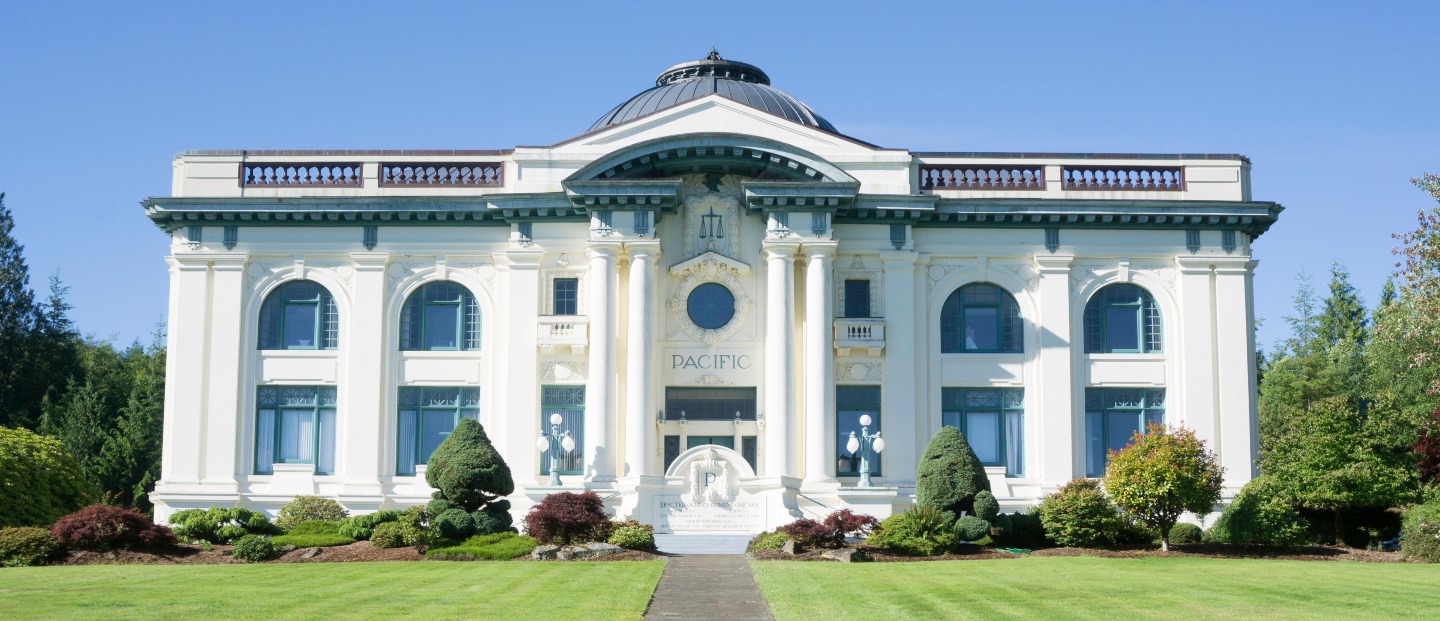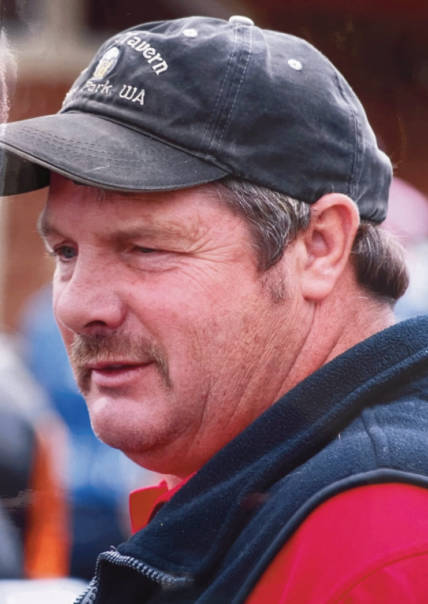Coast Chronicles: ‘No-mow-May’ and other useful activities
Published 8:59 am Monday, May 9, 2022

- “Exhausted Femininity” by Michelle Wyles speaks to the frustration many feel in this time.
But first, an Alito moment
Can we pause for just a moment to contemplate the effects of minority rule? I know it’s spring and flowers are blooming and we’re alive and have friends and food and a roof over our heads (most of us do anyway). But, how are you doing amid the dismantling of American democracy? Let’s fall back 50 years — no big deal in the grand scheme of things — we are but mites on the back of Time after all.
But 50 years … no, wait! Since women (and corporations-as-persons, campaign finance, social security, integrated schools, climate change) weren’t mentioned in the Constitution, it’s OK — right? — just to return to the intentions of our Founders in 1787?
Anyway, I’m too tired and discouraged to get out into the streets with a placard (done that, been there 4,700 times), so I’ll just have to watch from the peanut gallery and point at things from time to time. Like — we know that banning abortion won’t diminish the need for it; that women without means will be the ones who suffer. (If only the same states that now want to ban abortion would provide proper prenatal and medical care, paid maternity leave, childcare for working moms, etc.) So just get over it!
No turf
Trending
Now, on to more useful conversations.
While we experience one of the wettest springs in years, California is suffering through one of the biggest spring droughts in history. The levels of Lake Mead, Lake Shasta, Lake Powell, Lake Oroville and other reservoirs are so low that turbines, generally flush with spring run-off, may have to shut down.
They’ve had to put in a new and lower-level turbine pumping station at Lake Mead at the cost of $1.5 million. The lake is now lower than at any time since it was built in the 1930s. And in other parts of California, mandates for a 30 percent watering reduction are in place already, early in the season.
And there’s another desert absurdity that’s taking a hit as well: lawns in Las Vegas. As Henry Fountain, science writer for the New York Times, says, “With drought and growth taking a toll on the Colorado River, the source of 90% of the region’s water, a new law in Las Vegas mandates the removal of turf.” His article is accompanied by a photo of a fellow taking out long strips of grass and rolling them up to cart them away. In some places a “cash for grass” has been instituted — folks are being paid to take out their lawns.
Well, lawn is basically non-functional, except aesthetically — although don’t mention that to our bunnies and fur babies. (In fact, some want to call grass “pet relief turf.”) And did you know that lawns are the largest irrigated “crop” in the U.S., outpacing corn, wheat and cotton? About two percent of land countrywide is made up of lawn — almost 32 million acres. Grass takes a lot of water. (More info here: “America’s love affair with lawn is getting messy” — tinyurl.com/3d357uxy)
We have plenty of lovely H2O where we live — at least until late summer — but let’s not forget that the West is mostly desert, as many bankrupt ranchers and cattlemen have discovered over the years. (Grasslands don’t take much rain if left to their own devices, but if grazed down, that sustainability disappears.) The NYTimes article goes on to note that the 3,900 acres of grass in Las Vegas when removed “could yield savings of up to 9.5 billion gallons of water a year.” But often, when the grass comes out, Las Vegas tourists complain, “It looks like a desert here.” Uh…yeah. Las Vegas is in the middle of the Mohave.
No mow
But what about us rich-with-water people? There is another related initiative that might be of interest: “No-mow-May.” In that other Portland (Maine) and assorted locales, there is a movement meant to help bees and other pollinators thrive during the spring time when pollination is most critical. Give your grass a break in May.
I decided this year not to mow my lower lot before I even heard about no-mow-May. I’m curious what might grow there and whether it can, overtime, look more like meadowland. Then I discovered this movement which validates my decision (and refutes that it’s not simply laziness). As Meghan Gave, owner of Honey Exchange says, “When I see a lawn covered in dandelions, I don’t see weeds. I see bee food. I’m all for it.”
Matthew Shepherd, director of outreach and education for the Xerces Society is another voice for no-mow-May. “If you create the habitat, the pollinators will come. There’s a kind of societal or cultural pressure to have an immaculate, unblemished, consistent and evenly green lawn. But that doesn’t happen naturally.” Not at my place for sure.
“No Mow May isn’t about just growing dandelions or simply not mowing for a month. We think of it as a starting point because conservation shouldn’t be about weeds,” says Shepherd. “We hope that people will also be planting native plants, maybe reducing the area of lawn overall, maybe putting in flower borders, possibly thinking about the pesticide use in their gardens. It’s just a starting point.” (Lawn herbicides, chemicals and weed killers are another feature of a perfect lawn I’m not interested in. They damage the soil, kill birds and insects, and have been proven to increase the risk of cancer in our pets. Info here: tinyurl.com/p2eurwh2)
There is one OSU extension guy, Weston Miller, who remarks that leaving your grass to grow unchecked for a month will make it more difficult to mow once you do start. (Alternative view here: gardenrant.com/2022/04/no-mow-month-xerces-society.html) I checked with my local go-to-garden-guru Rachel Gana and she noted, “I like the no-mow-May idea very much. It would also be great if folks created an area with plants that provide food and shelter for pollinators and other beneficial insects.” (Check with our local nurseries for recommendations.)
So I’m standing with other no-mow-May proponents. I hate that mowing disturbs the humble, usually unnoticed flowers like blue veronica biloba, clover, wild strawberries, dandelions, and critters like snakes, tiny frogs, beetles, and potato bugs — all at ground level where they’re just trying to make their living.
No news
So, here’s the thing. After my Alito melt-down I fell into a total funk. Fortunately, I got a call from a very smart friend of mine in Tucson. She has a steady rudder and the type of practicality and wisdom that can set my head back on straight. “Look,” she said to me, “stop reading so much news, especially if there’s nothing you can do about any of it. Do you remember Eric Hagerman who cut himself off from all news after Trump was elected [tinyurl.com/2w296efx]? Just try to think about what you can do that is useful right where you live.” She’s been rebuilding her chicken coop, constructing a beautiful fence, and planting things.
That’s why I’ve gotten down on my hands and knees to talk about the grass. I have to start somewhere if I can’t continue with my news addiction. (I read all the news streams: The Seattle Times, the New York Times, Washington Post, Grit, NBC, CBS, ABC, CNN — you name it, I read it.) This SCOTUS the-government-wants-to-control-women’s-bodies stuff may be the last straw for me. My head has been exploding daily since Nov. 8, 2016. But the explosions keep getting bigger.
I’m going to try to stop looking at the news — I really am. I’m making a list of useful activities now.
•••
Music is one of the most useful things in the world: don’t forget the Bayside Singers have a concert May 14, 2 p.m. at the Chinook School.









